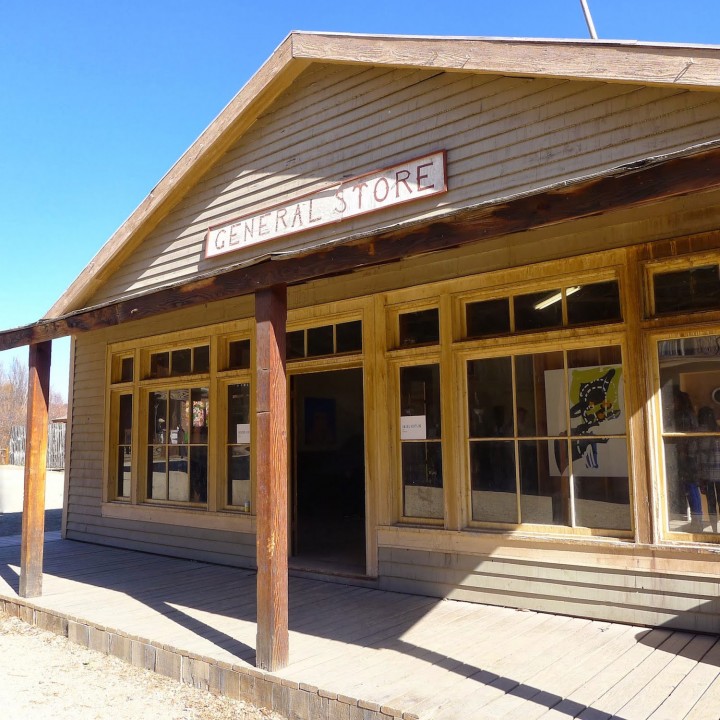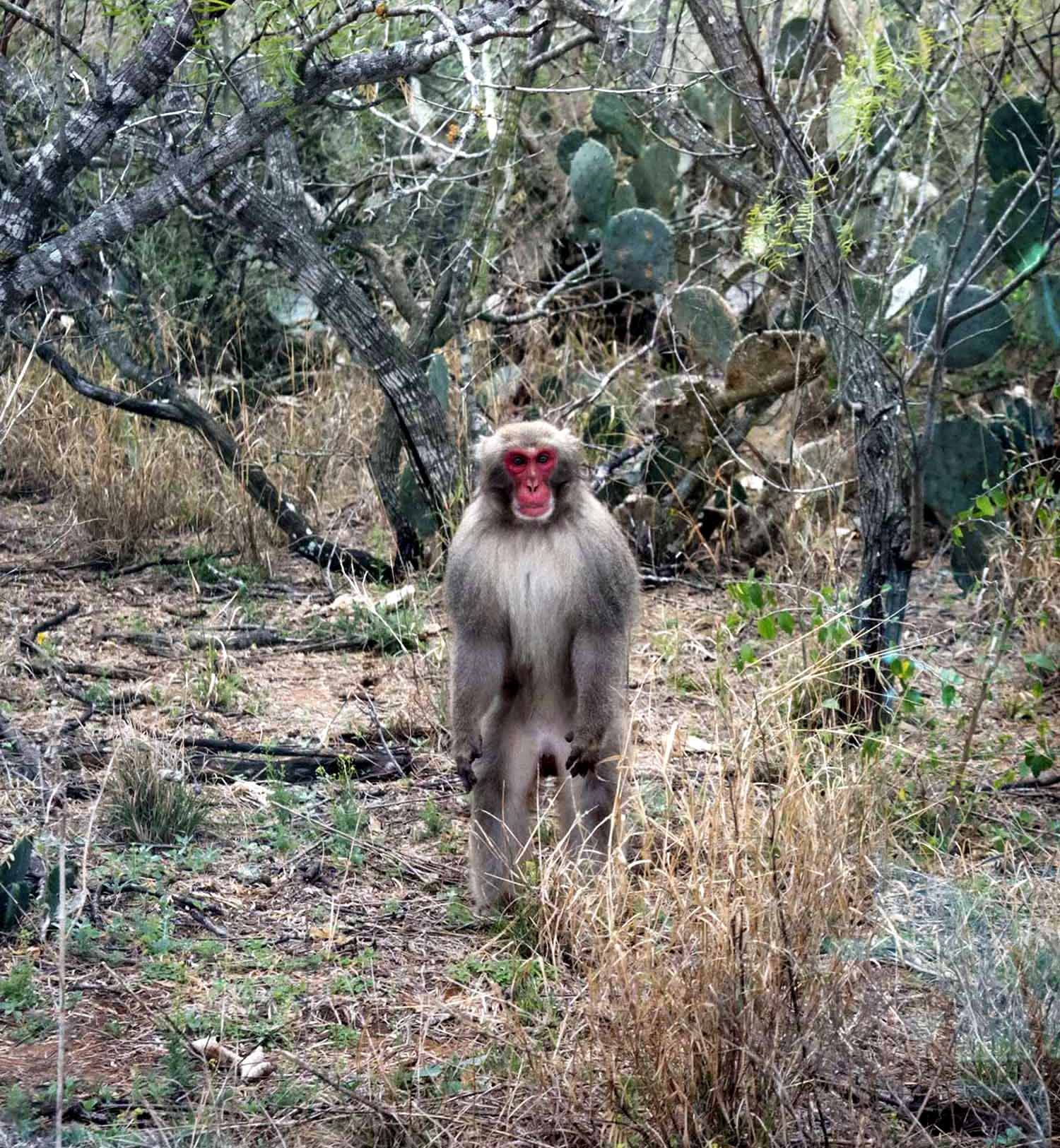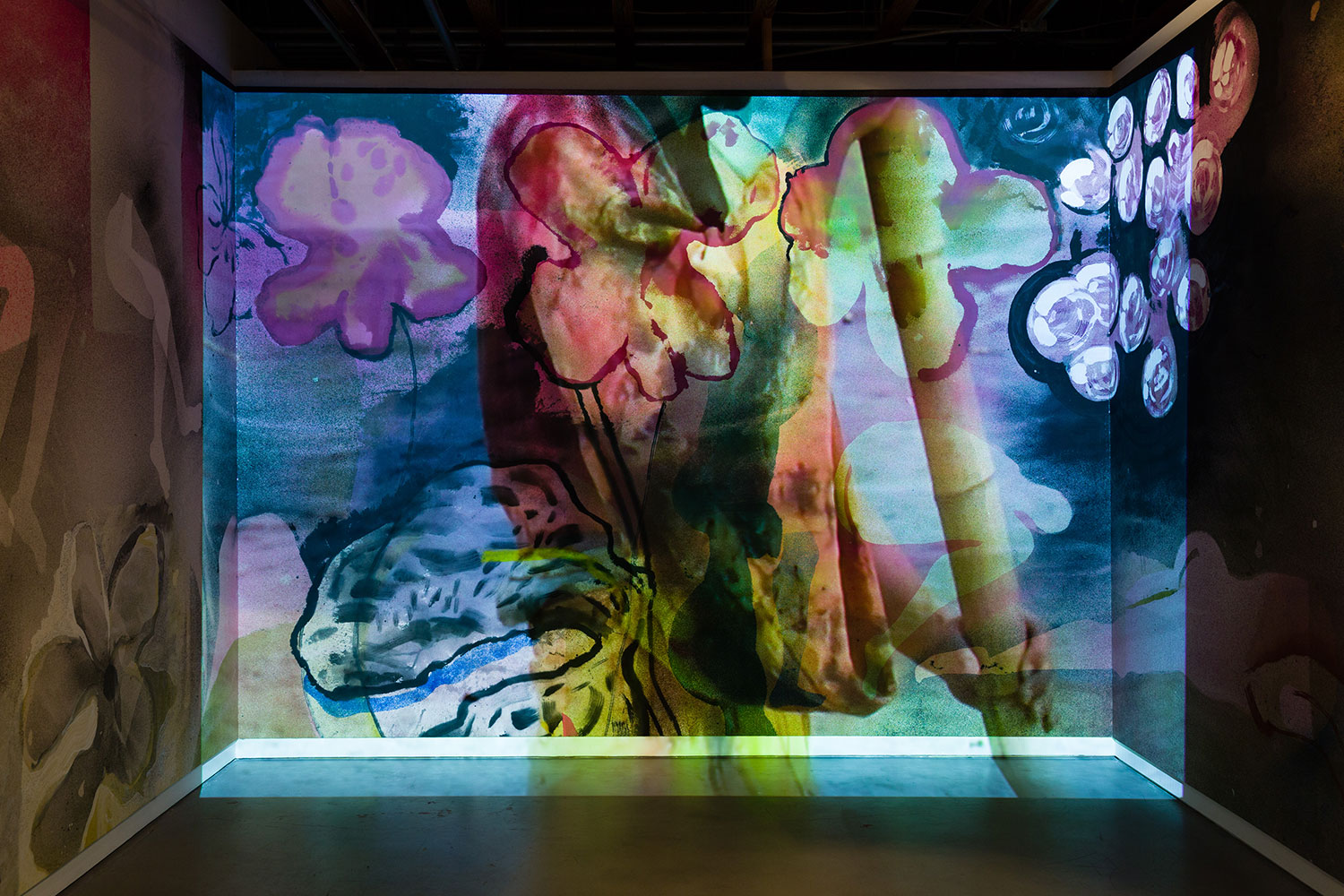Just outside Los Angeles, amid the canyons and rolling grasslands of the Santa Monica Mountains, sits a dusty Old West town. Known as Paramount Ranch, the deserted cluster of buildings (which includes a Sheriff’s office, saloon and blacksmith) is actually a historical film set constructed by Paramount Pictures in 1927 as part of a 2,700-acre “movie ranch.” Currently owned by the National Park Service, it has remained a filming location for numerous movie and television productions, from A Farewell to Arms (1932) to The X-Files. More recently it has been the site of a contemporary art fair organized by Liz Craft and Pentti Monkkonen of Paradise Garage (Venice, CA) and Robbie Fitzpatrick and Alex Freedman of Freedman Fitzpatrick (Los Angeles). Now in its second year, the Paramount Ranch art fair will feature contributions from over forty local and international galleries and non-profit art spaces.
Last year’s program felt less like an art fair and closer to something like a biennial or temporary exhibition, with galleries playing more of a performative role alongside the artists. It had the spirit of collaboration rather than commerce. Can you describe the unique energy of Paramount Ranch?
Liz Craft: Paramount Ranch is a cross between an art fair, a party, a curated show and a performance. I wouldn’t say galleries are playing more of a performative role — it’s like-minded people coming together to create and participate in something interesting. We are trying to show, by example, that money doesn’t have to dominate the shape of everything. Everyone needs money but there has to be a balance, otherwise things become really boring.
Alex Freedman:The last decade’s high-gloss carnivalistic fun in a champagne glass doused in cash had dried up by the time I made it to my first paid assistantship. When my friends and I started making shows everything was temporary, transient, broke and about serial collaboration. Many of the artists and exhibitors we invited hail from analogous growing pains. Paramount Ranch revels in the ambiguity reared by that deinstitutionalized education.
Why the site of Hollywood illusion to contextualize an art fair?
LC: It feels very apropos for Los Angeles, in a stereotypical sense. It’s nice to be able to make fun of yourself.
AF: It’s an illusion with parking spots as far as the eye can see.
The architecture of commercial art fairs — that of the convention center — embodies a kind of structural neutrality that accounts for the transitive events that move through them. They are built to accommodate impermanence in the most efficient way possible, a kind of mega-white cube. Can you describe how the eccentric architecture of Paramount Ranch colors the fair?
LC: Well, art certainly doesn’t look good in a fake, shabby, old-west town, but it adds some humor to the experience of going to an “art fair.” I don’t find the convention show setting very white cube-ish. I wish it were. I always feel like I’m at a cat show, which is a sad feeling as an artist.
AF: Paramount Ranch’s architecture isn’t eccentric. It’s a retired stage, once built to produce an Americana fantasy that’s now managed by a national heritage agency. But the link between Paramount Ranch and pop-up exhibition architecture is a play on history. Art fairs are marketed as spectacular summits, their permanence manifest in the annual repetition of rowed, three-walled white dioramas, set in staple architecture that becomes familiar through recurrent visits. Yet the original art-box office was set in a staged village of pavilions. Following protests in ’68, the Venice Biennale shut down the sales office, coinciding with the launch of Kunstmarkt Köln (1967) and Art Basel (1970). But by then salon hangs, nationalism and Potemkin villages were out of vogue.
Is there a difference between art and spectacle?
LC: Art can use spectacle but obviously not all art does. Paramount Ranch definitely becomes a spectacle because of the theatrical location; everyone there becomes part of the play.
AF: Art is never spectacle. Social mechanisms twisting between a work’s intentions and formal materials — ego, social ritual and the performance of a public — transform that which happens around art into a spectacle. Artists may work with it, but it is media and large-scale events that bathe in it.
As the art world becomes more and more professionalized, it seems that the relationship between corporate and commercial interests has become more complex — the latter does not necessarily infer the former. How is this reflected in the context of an art fair?
LC: That is a good point to bring up. I can only give an abbreviated opinion because it is complex. If you think of it in a biological sense, it’s less annoying but still depressing. There is more money to spend on art; therein lies the problem. It seems like money could only make things better, but it makes the climate more conservative, and I don’t think conservative thinking fosters risk, which is necessary for art making.
AF: It all comes down to the battle between commercial-grade carpet and natural flooring.
What is wrong with commercial art fairs today?
LC: Depressing for all parties involved, at least in my opinion. You have to be ready to detach yourself from reality if you go.
AF: Everything and nothing.




